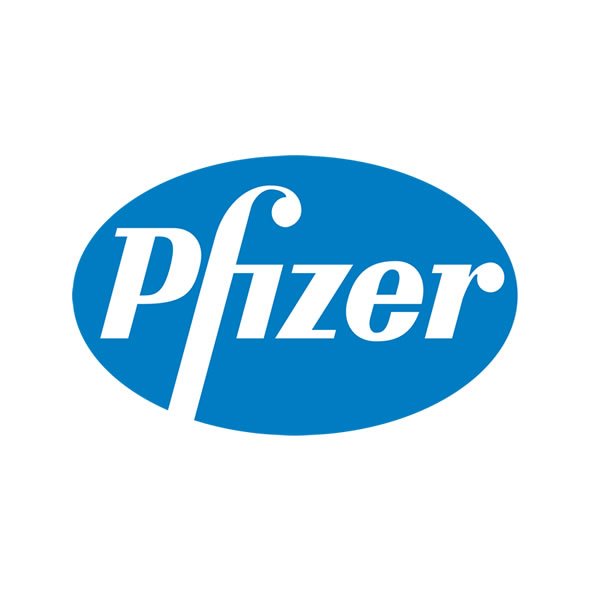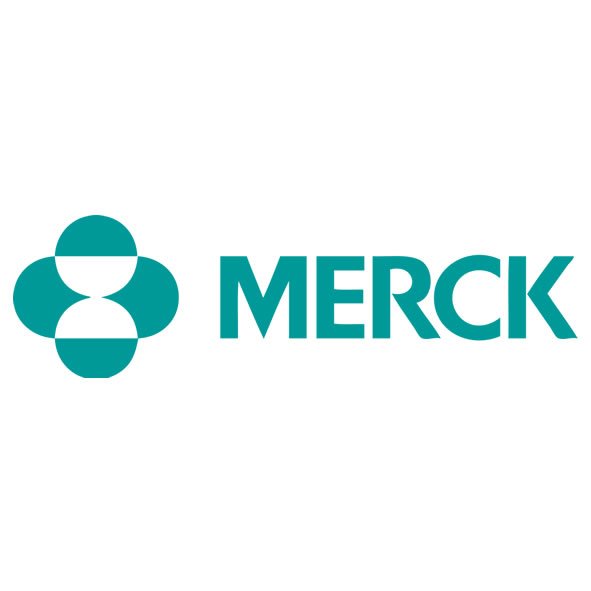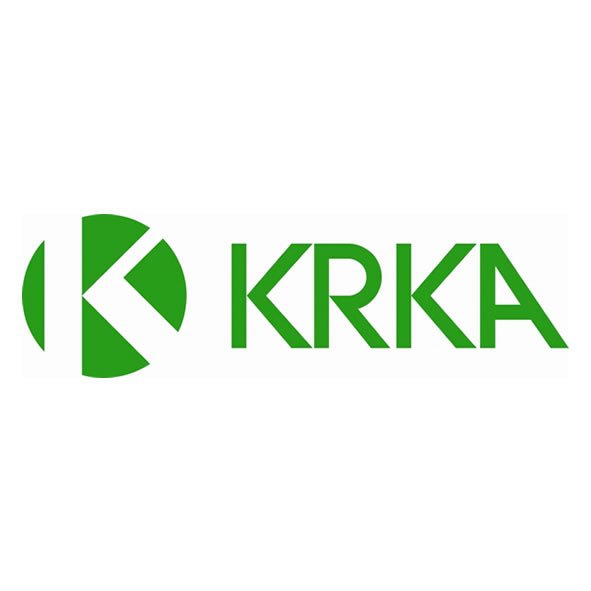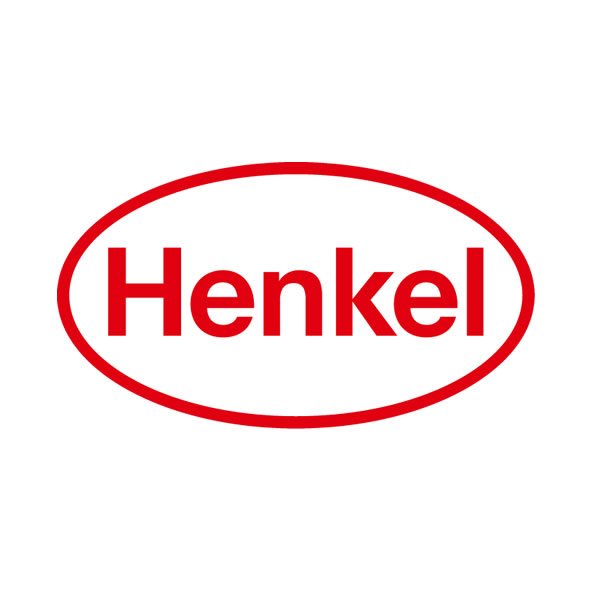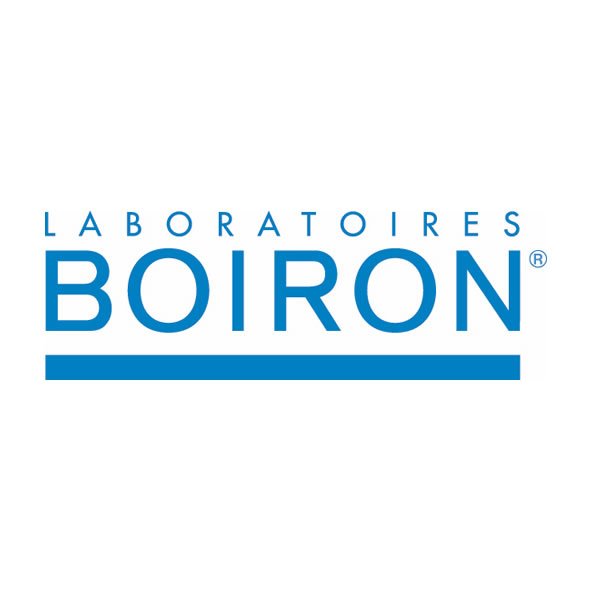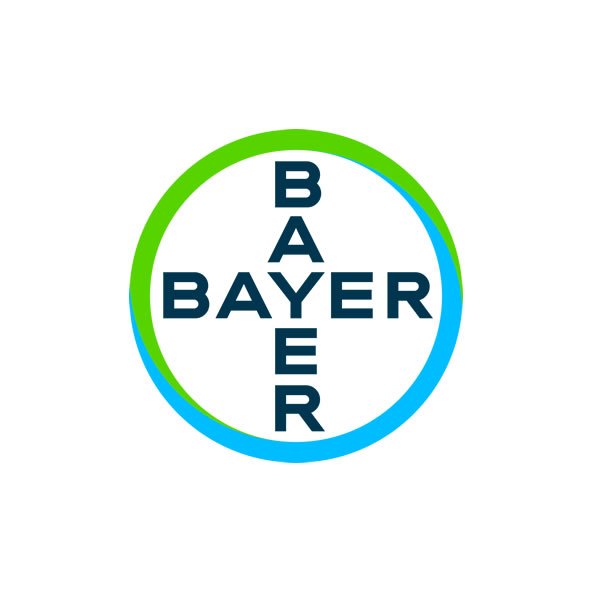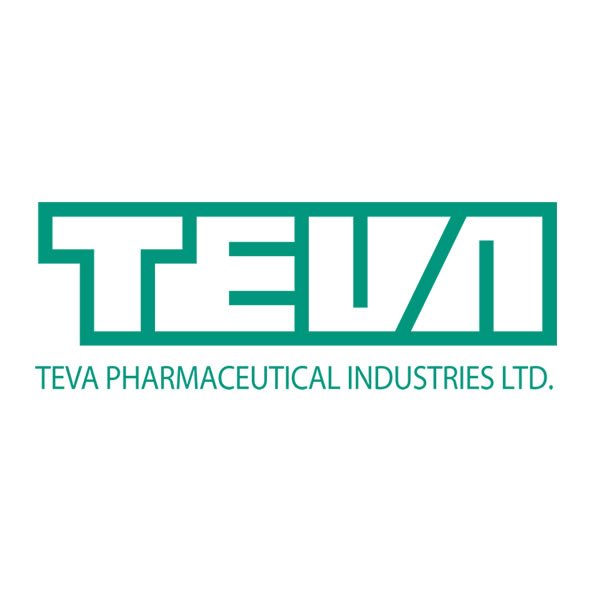Pionieri della Microincapsulazione
dal 1976

Applichiamo questa tecnologia per sviluppare prodotti e soluzioni innovative
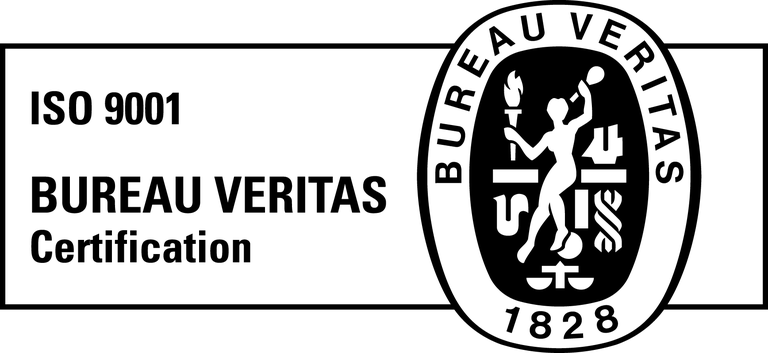


Microincapsulazione
L'Azienda

IPS fondata nel 1976 fa parte del GP GROUP OF COMPANIES, una holding familiare italiana le cui attività diversificate si estendono a:
- Immobiliare & Hotel
- Integratori Alimentari
- Agricoltura & Riserve Naturali
- SPA & Cosmetica
Campi di applicazione
Applichiamo questa tecnologia per sviluppare prodotti e soluzioni innovative, plasmando la nostra offerta sulle specifiche esigenze di ogni cliente, e fornendo un servizio di qualità, attento e veloce, mirato a soddisfare interamente le aspettative dei nostri acquirenti.

Sistemi professionali di analisi della cellulite e dell’adiposità per i professionisti dell’estetica.
Prodotti promozionali interattivi e dal forte impatto emotivo utili per dar vita a campagne di marketing uniche.
Termometri febbre, Testers Cosmetici, Cerotti Profumati destinati al canale rivendita.
Sistemi professionali di analisi della cellulite e dell’adiposità per i professionisti dell’estetica.

Prodotti promozionali interattivi e dal forte impatto emotivo utili per dar vita a campagne di marketing uniche.

Termometri febbre, Testers Cosmetici, Cerotti Profumati destinati al canale rivendita.
Contattaci
Per richiedere maggiori informazioni compila il modulo sottostante
Alcuni dei nostri clienti in Italia e nel mondo:
